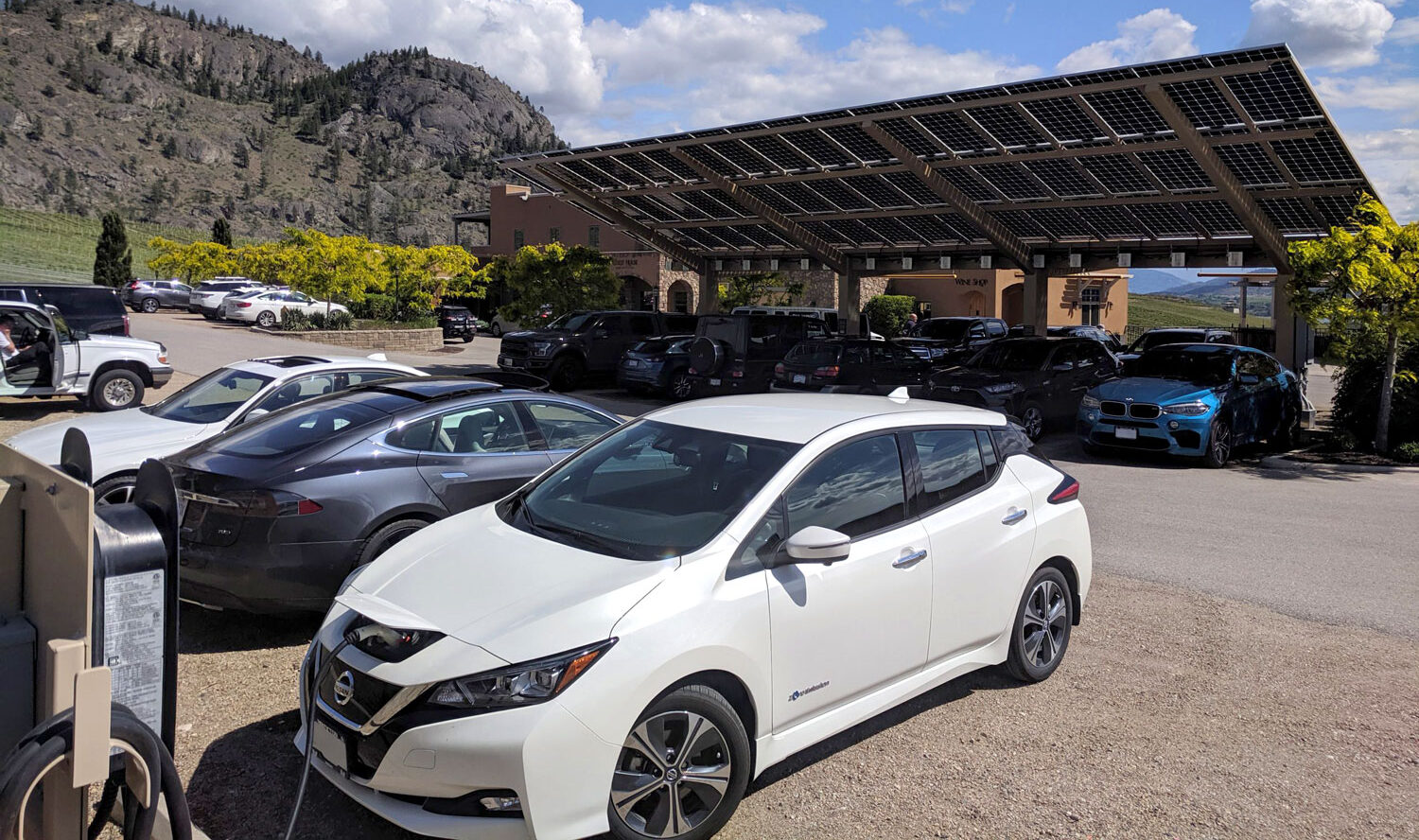Good References for EV Life Cycle Analysis
In recent weeks, there has been a significant increase in the amount of anti-electric vehicle press. The articles focus negatively on the total lifecycle emissions of electric vehicles manufacturing and the emissions spent to get these vehicles from manufacturing to recycling.
To the consumer; this negative messaging is carefully crafted to impact your buying choice and write off EV’s as having a dirty little secret no one dares to talk about.
Allow us to provide some solid information, on which to base your EV purchase decision. Actual research conducted by researchers and leaders in their field. To begin, let us clarify a few points:
A Battery Electric Vehicle is not a Zero Emission Vehicle. As much as the decal on the side of that Nissan Leaf says it is” Zero Emission,” that decal is specifically referring to the fact that is has Zero Operating Emissions. While a vehicle that boasts Zero Operating Emissions has significant benefit to localized air quality and public health, we have to dig deeper and talk about overall lifecycle emissions of an electric vehicle.
Major emission millstones in the life of an EV are production, operation, and recycling. We always like to refer people to comprehensive online resources about life cycle emissions, as this data is researched, analyzed and scrutinized to ensure it is correct and acceptable to other researchers.
Notable reports conducted by the Union of Concerned Scientists, and more recently the researchers from Plugin BC and Simon Fraser University, put the Life Cycle Analysis into context.
• From Cradle to Grave, EVs are cleaner,
• The Plugin BC/SFU Report finds that Electric vehicles have a higher emission during the manufacturing phase than regular internal combustion engine vehicles,
• During the operating phase, electric vehicles have a significant reduction in operating emissions, even when the method of electricity production is factored into the equation. For comparison purposes, refer to the breakdown of energy production in provinces AB, BC and average for Canada.
• At the end of an EV’s life, batteries can be upcycled for use in stationary storage systems or uninterrupted power supplies until the end of their useful life,
• When battery components reach the end of their useful life, cells are dismantled, crushed and valuable components are recovered for use in further manufacturing processes. This end of life process produces higher emissions than recycling a regular internal combustion vehicle.
Excerpt from the Simon Fraser University Report“According to our LCA study conducted by Plug-in BC, an EV charged in BC breaks even (pays off its environmental burden) within 30,000 km driven, and any distance driven beyond 30,000 km becomes carbon-negative. In other words, driving a mid-size sedan like Nissan Leaf pays off its environmental burden within three years of driving. Even when electricity is generated from coal, which supplies a significant demand in Provinces like Alberta, EV emissions are 50% less compared to a GV and pays off its initial burden within 50,000 km of driving. As far as energy consumption is concerned, the intensity is huge in EV production and EOL stages. However, the use phase energy intensity of GVs is huge in comparison to impacts from manufacturing and recycling of EVs.”
In closing, don’t believe everything you read. Get factual information on Electric Vehicles from your local EV club (Vancouver Electric Vehicle Association or BC Tesla Owners Club,) or from the multitude of electric vehicle resources online. Finally, make sure to read through the citations and references to ensure the information is current, accurate and unbiased.



